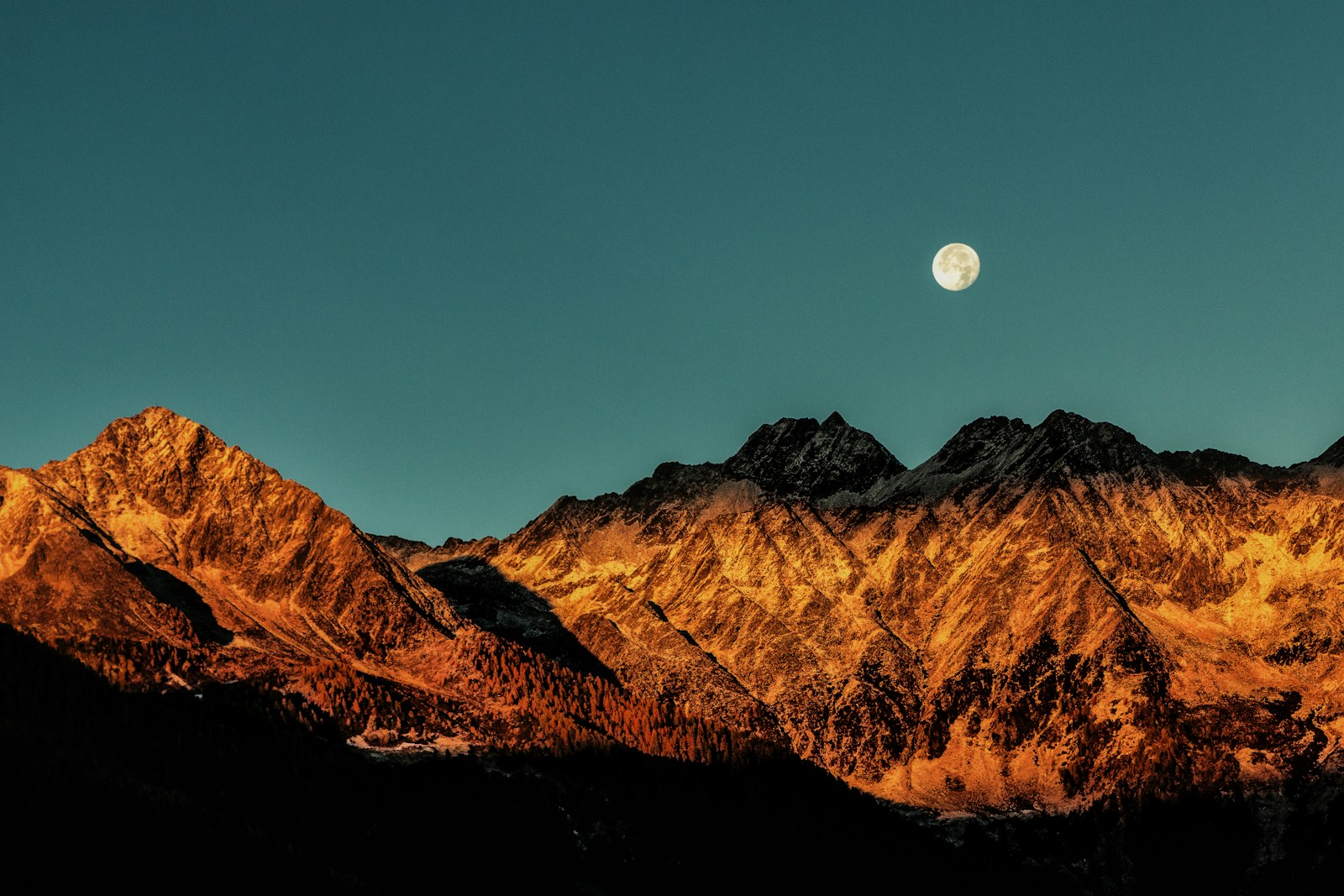Recent studies indicate that the Moon may have formed earlier than scientists previously estimated, shedding new light on its origin and the early history of our solar system.
Key Points at a Glance:
- Revised Age Estimates: The Moon’s formation is now estimated to have occurred between 4.43 and 4.51 billion years ago, suggesting it is older than earlier studies indicated.
- Crust Formation: The lunar crust appears to have solidified around 4.35 billion years ago, approximately 80 to 160 million years after the Moon’s initial formation.
- Volcanic Activity: Intense volcanic activity in the Moon’s early history may have caused the remelting of its crust, explaining the age discrepancies observed in lunar rock samples.
The Moon’s origin has long intrigued scientists, with various studies attempting to pinpoint its exact age. Recent research suggests that the Moon formed earlier than previously believed, with estimates placing its formation between 4.43 and 4.51 billion years ago.
This new timeline challenges earlier estimates that dated the Moon’s formation to about 4.35 billion years ago. The discrepancy arises from the analysis of lunar rock samples, particularly zircon crystals, which have provided varying age estimates. The latest findings propose that while the Moon itself formed over 4.4 billion years ago, its crust solidified later, around 4.35 billion years ago.
A significant factor contributing to this revised understanding is the role of volcanic activity in the Moon’s early history. After its initial formation, the Moon is believed to have experienced intense volcanic episodes that caused substantial remelting of its crust. This remelting could have reset the geological clock in many areas, leading to younger apparent ages in rock samples. However, some resilient zircon crystals may have withstood these extreme conditions, preserving evidence of the Moon’s older formation age.
These insights not only refine our understanding of the Moon’s history but also have broader implications for the early solar system’s evolution. The Moon’s formation is closely linked to Earth’s early development, and determining its age helps scientists understand the timing of significant events, such as the giant impact hypothesis, which suggests that the Moon resulted from a colossal collision between Earth and a Mars-sized body.
As research continues, scientists aim to reconcile these findings with other geological and geochemical data to construct a more comprehensive timeline of the Moon’s formation and its subsequent geological activity. Future lunar missions and advanced analytical techniques may provide further evidence to support or refine these new age estimates, offering deeper insights into the history of our closest celestial neighbor.
